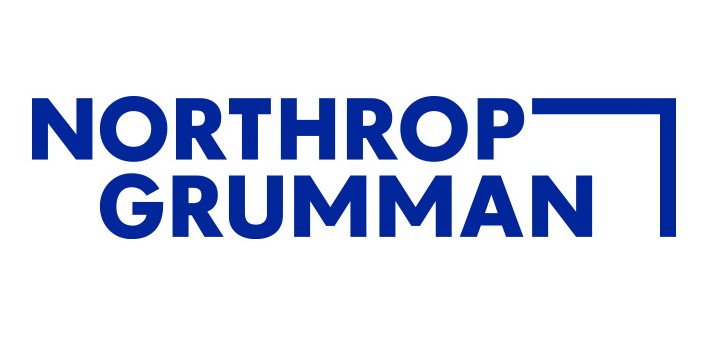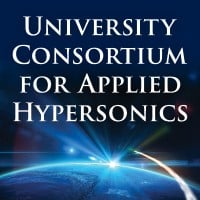On-Going Projects
Dynamic meta-optics
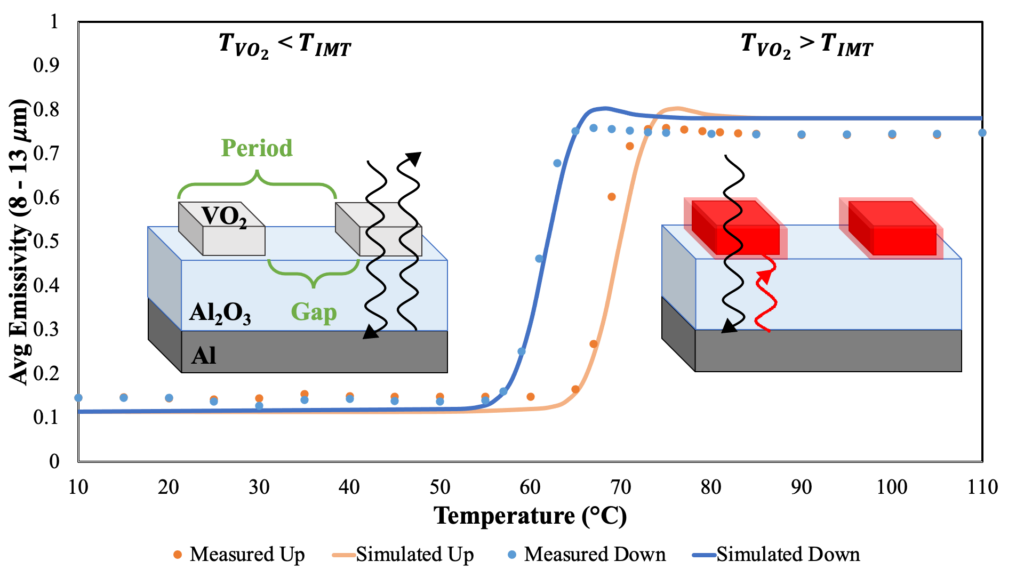
Traditional optical components, such as lenses, filters, and mirrors have enabled numerous technologies, from everyday cameras and telescopes to x-ray diffractometers and atomic force microscopes, yet these systems are fundamentally limited by the intrinsic optical properties of the materials that are used. For example, traditional lenses are often made with thick dielectric materials to achieve focusing behavior, but at the expense of efficiency caused by optical losses (which are thickness dependent). Alternatively, the field of meta-optics utilizes ultrathin films that are physically patterned to artificially manipulate the polarization, phase, and amplitude of light to achieve optical functionality that is similar to traditional optics but with unprecedented efficiencies and small form factors. By then developing meta-optics with materials that can alter their structural phase and, consequently, their optical properties when a stimulus is applied, ultrathin, highly efficient, dynamic optical systems can be developed. The field of dynamic meta-optics has enabled the development of tunable filters and lenses, passive thermal regulation systems, and more.
Nuclear graphite structure-property relationship
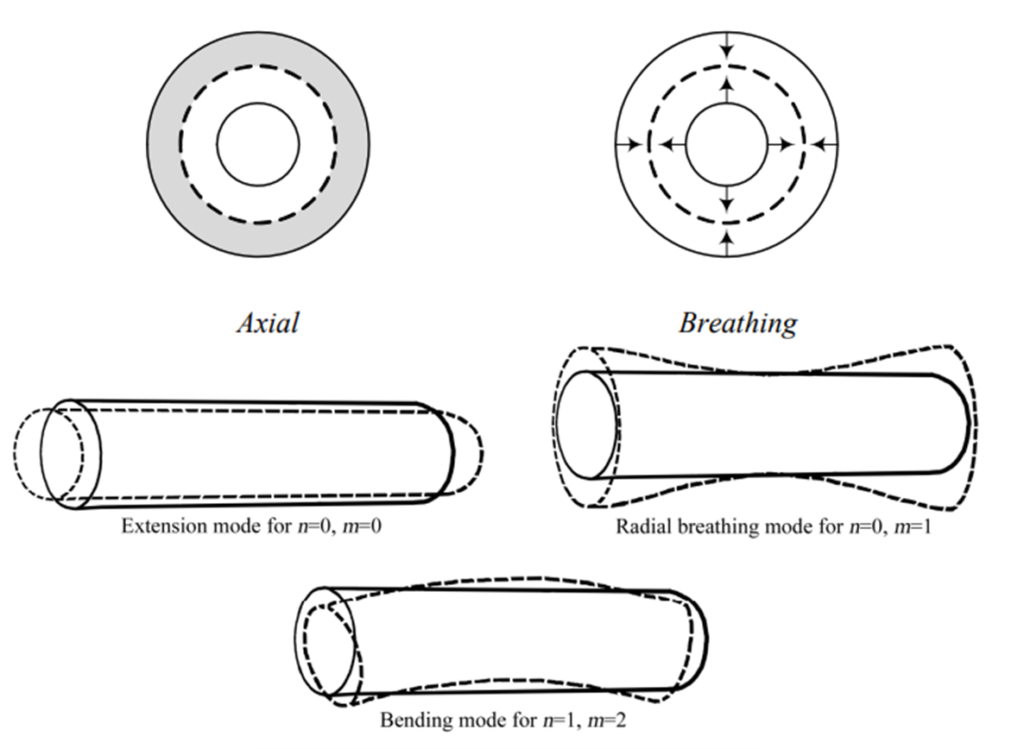
Structure-property correlation is important for understanding the performance of nuclear grade graphite in application. To better quantify these behaviors, ultrasonic resonance measurements can be made using non-contacting laser-based methods to observe changes in the elastic modulus. Each individual grade of graphite will have a slightly different response due to changes in manufacturing and component ratio differences, so connecting moduli to structure characteristics such as porosity, density, and grain size can assist reactor designers with material selection. These measurements can also contribute to the design of lifetime performance testing as well as in-situ surveillance.
Polymer matrix nanocomposites for retinal prosthetic
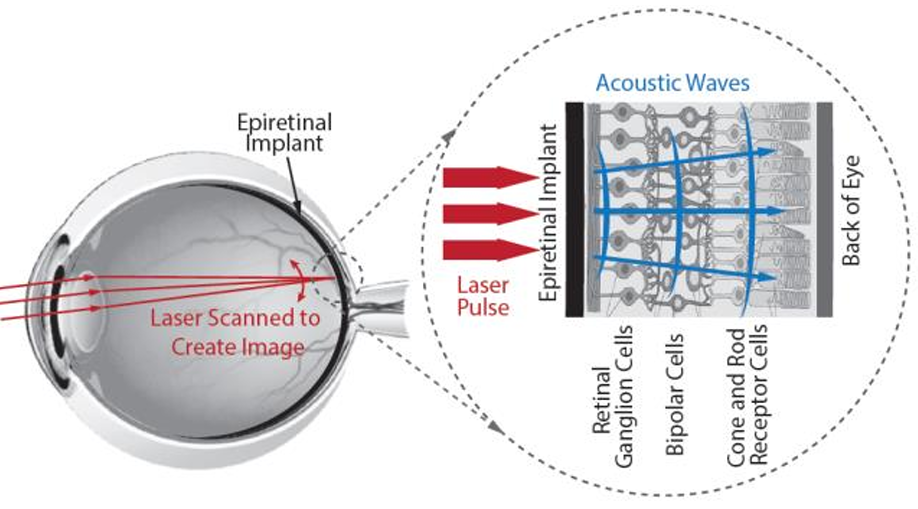
Polymer matrix nanocomposites (PMNCs) hold promise for being used as a biocompatible, photoacoustic emitting material that can be implanted as a retinal prosthetic to give a vision-like experience to patients with macular degeneration. PMNCs can be synthesized using a method based on chemical vapor deposition for in situ growth of nanoparticles in a solid polymer film. The method is scalable, prevents agglomeration of nanoparticles commonly seen in other PMNC synthesis processes, and can be repeated on a single sample to grow the nanoparticles. Various polymers and organometallic precursors continue to be investigated for use with this method, along with the resulting structure, optical properties, and photoacoustic efficiency of the PMNCs.
Optical properties at elevated temperatures
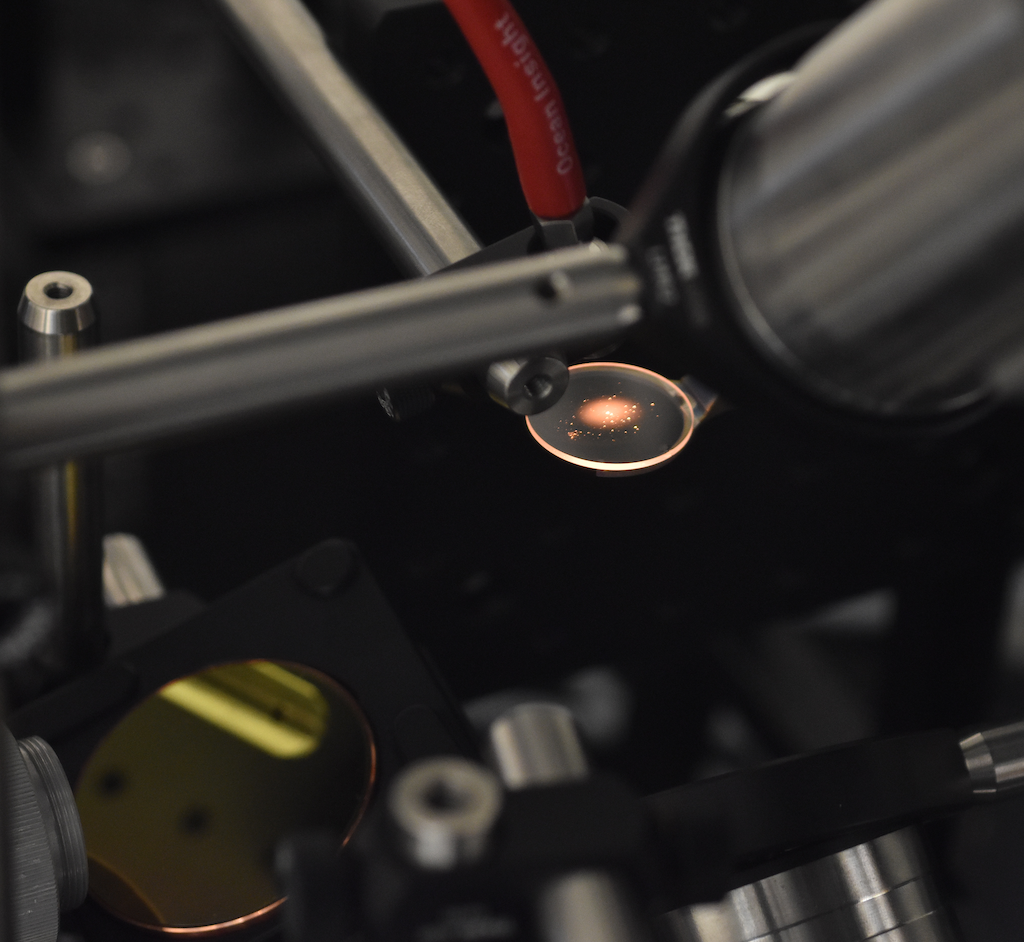
Understanding the optical behaviors of materials at high temperatures can be critical to optimized materials processing in additive manufacturing, material performance in thermal barrier coatings and design of concentrated solar power installations. Optical properties being studied includes spectral reflectance, transmittance, and absorptance, using standard techniques (e.g. spectrometers) and novel techniques being developed specifically for high temperature measurements. Utilizing CO2 laser heating, material properties can be measured at elevated temperatures. Some materials currently being studied are sapphire, fused silica, and quartz to compare the effects of material structure (crystalline vs. amorphous) and impurities on material behavior. Experimental measurements provide the basis for models that incorporate spectral and temperature-dependence for optical properties of materials.
Photo: Fused silica visibly glowing while being heated with a CO2 laser to temperatures near melting.
Ceramic powder laser-bed sintering for additive manufacturing
Affiliations & Collaborators








